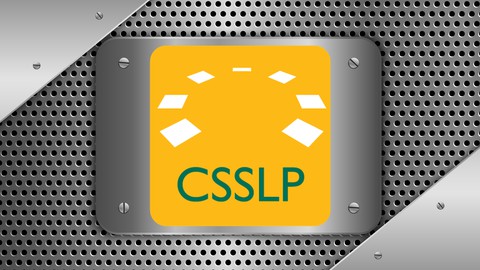Description
Introduction of Windows Distributed File System
Windows Distributed File System (DFS) is a set of technologies in Windows Server that allow users to group shared folders located on different servers into a unified namespace. DFS is designed to increase the availability of shared files, simplify management, and ensure data redundancy through replication. This training provides an in-depth understanding of DFS, focusing on how to set up, configure, and manage DFS namespaces and replication. Learners will gain practical skills to implement DFS in an enterprise environment for high availability and efficient data management.
Prerequisites of Windows Distributed File System
-
- Basic understanding of networking concepts.
- Familiarity with Windows Server administration and file systems.
- Experience with Active Directory and Group Policy.
- No formal prerequisites, but prior exposure to Windows Server environments is beneficial.
Table of contents
1-Labs Creation including Hyper-V
2-Overview of Windows Server administration principles and tools
3-Introducing Windows Server 2019 and 2022
4-Volumes and file systems in Windows Server
- Overview of file systems in Windows Server
- Why use ReFS in Windows Server and then Overview of disk volumes?
- Demonstration: Manage volumes in Windows Server therefore, Overview of File Server Resource Manager
- Manage permissions on volumes
5-Implementing sharing in Windows Server
- What is SMB and then Configure SMB shares?
- Demonstration: Configure SMB shares by using Server Manager
- Overview of NFS
6-Implementing Storage Spaces in Windows Server
- What are Storage Spaces and then Storage Spaces usage scenarios?
- Demonstration: Configure Storage Spaces
- Storage Spaces Direct overview
- Demonstration: Configure Storage Spaces Direct
7-Implementing Data Deduplication of Windows Distributed File System
- Data Deduplication components and then Data Deduplication process
- Deploying Data Deduplication
- Usage scenarios for Data Deduplication
- Demonstration: Implementing Data Deduplication
- FSRM overview
- Backup and restore considerations therefore with Data Deduplication
8-Implementing iSCSI of Windows Distributed File System
- What is iSCSI?(Ref: ISAM (IBM Security Access Manager))
- iSCSI components
- Demonstration: Configuring and connecting to an iSCSI target
9-Deploying Distributed File System of Windows Distributed File System
- DFS overview
- Deploy DFS
- Implement DFS replication therefore, DFS namespaces and replication
- Manage DFS databases
10-Planning for failover clustering implementation
- What is failover clustering?
- Failover clustering components
- Cluster quorum in Windows Server and then Considerations for planning failover clustering
11-Creating and configuring failover cluster
- The Validation a Configuration Wizard and then Create a failover cluster
- Demonstration: Create a failover cluster
- Configure storage moreover configure networking
- Configure roles
- Manage fail over clusters
- Configure cluster properties moreover Configure fail over and fail back
12-Overview of stretch clusters of Windows Distributed File System
- What is a stretch cluster?
- Overview of Storage Replica
- Prerequisites for implementing a stretch cluster
- Synchronous and then asynchronous replication
13-High availability and disaster recovery solutions with Hyper-V VMs
- High availability options for Hyper-V VMs
- Overview of live migration
- Live migration requirements
- Provide high availability with storage migration
Conclusion of Windows DFS
Mastering Windows Distributed File System (DFS) equips you with the knowledge to configure and manage file sharing and replication across multiple servers. DFS is essential for businesses looking to improve the availability and resilience of their file services. After completing this training, you will be able to deploy DFS in real-world environments, manage replication, optimize performance, and troubleshoot common issues, making you an invaluable asset to any organization’s IT infrastructure team.







Reviews
There are no reviews yet.